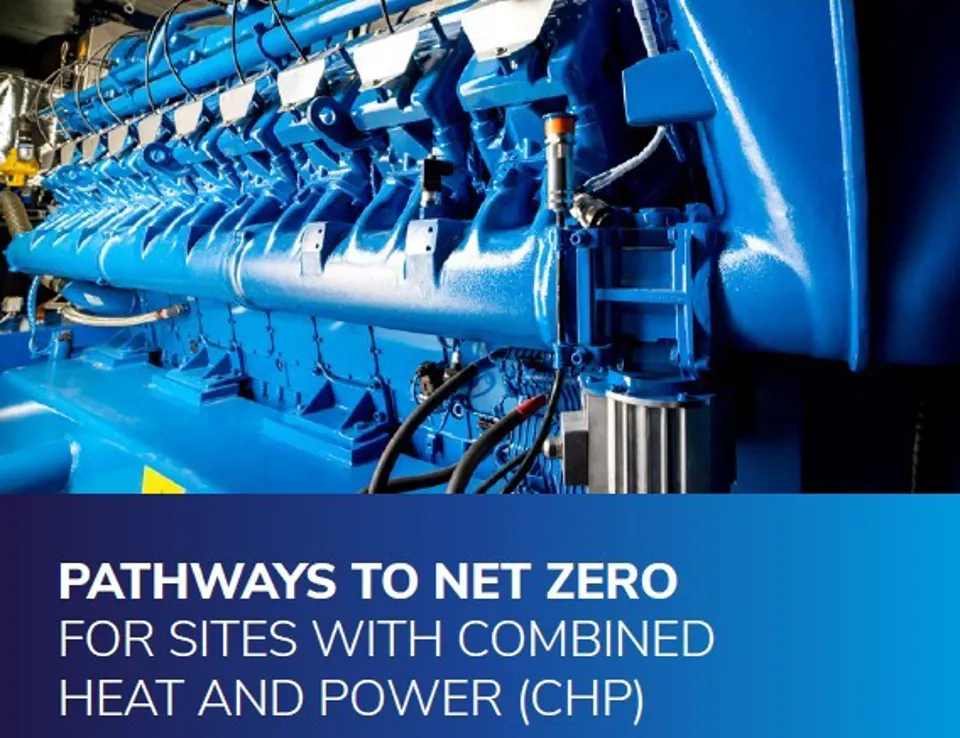Why the food industry needs CO₂ - and how to make it sustainable
Food-grade CO₂ is an indispensable resource for the food and beverage industry, serving multiple critical functions such as carbonation in drinks, extending shelf life through modified atmosphere packaging, chilling, freezing, and maintaining quality in food processing. However, rising prices and supply volatility have placed significant financial pressures on manufacturers.
In recent years, CO₂ prices have soared due to production disruptions and increased demand. During crises such as the 2021 shortage, prices for CO₂ surged fivefold, jumping from £200 per tonne to as high as £1,000 per tonne. These cost increases have directly impacted profit margins for manufacturers and prompted businesses to seek alternative solutions, such as on-site CO₂ generation using biogas or fuel cell technologies.
The sustainability paradox of CO2
Carbon dioxide (CO₂) is widely perceived as a negative factor in sustainability due to its significant contribution to global greenhouse gas emissions and climate change. In agriculture, energy, and industry, CO₂ emissions are a focal point of environmental policies aimed at achieving net-zero goals, as the excess atmospheric CO₂ from fossil fuel use and industrial processes accelerates global warming, driving the push for decarbonisation across sectors.
However, in the food and beverage industry, CO₂ is indispensable for various preservation processes. Modified atmosphere packaging (MAP) uses CO₂ to displace oxygen in food packaging, significantly extending the shelf life of products like fresh produce, meat, and baked goods. This reduces food spoilage and waste, indirectly supporting sustainability goals by optimising resource use and minimising waste. CO₂ is also critical for carbonated drinks and dry ice for freezing and transport in the cold supply chain.
This dual role highlights the complexity of CO₂’s sustainability narrative. While efforts to reduce emissions focus on cutting industrial CO₂ outputs, its controlled use in food preservation aligns with sustainability objectives by reducing food waste and ensuring efficient production and distribution.
Mitigating risks and costs
Innovative solutions for on-site CO₂ recovery technologies allow companies to produce food-grade CO₂ independently, reducing reliance on external suppliers and stabilizing costs. For instance, breweries have begun capturing fermentation by-products to meet their CO₂ needs sustainably.
Working with supply chains to find circular economy approaches through the utilisation of waste streams to generate CO₂, electricity, and heat can also offset operational costs while supporting sustainability goals. Strategic investment decisions see companies adopting carbon capture and storage solutions to not only meet their CO₂ demands but to align with ESG priorities and reduce overall carbon footprints.
The rising cost of food-grade CO₂ and its supply challenges underscore the importance of resilience and innovation in the food and beverage sector. By investing in on-site CO₂ recovery and sustainable practices, manufacturers can enhance operational efficiency, control costs, and strengthen their commitment to environmental sustainability. These measures are essential for maintaining competitiveness in a market increasingly defined by both cost pressures and the growing importance of ESG compliance.
Carbon capture by Ricardo
By investing in Ricardo's innovative carbon capture unit, organisations can avoid releasing carbon dioxide into the atmosphere, removing this from their reportable emissions. This supply of high quality, food-grade carbon dioxide can then be put to good use in food production, or create a new income stream - the market for which is predicted to continue to grow exponentially over the coming decade.
Capture up to 95% of carbon emissions and minimise pricing sensitivity with a local and private supply of food-grade CO2.









